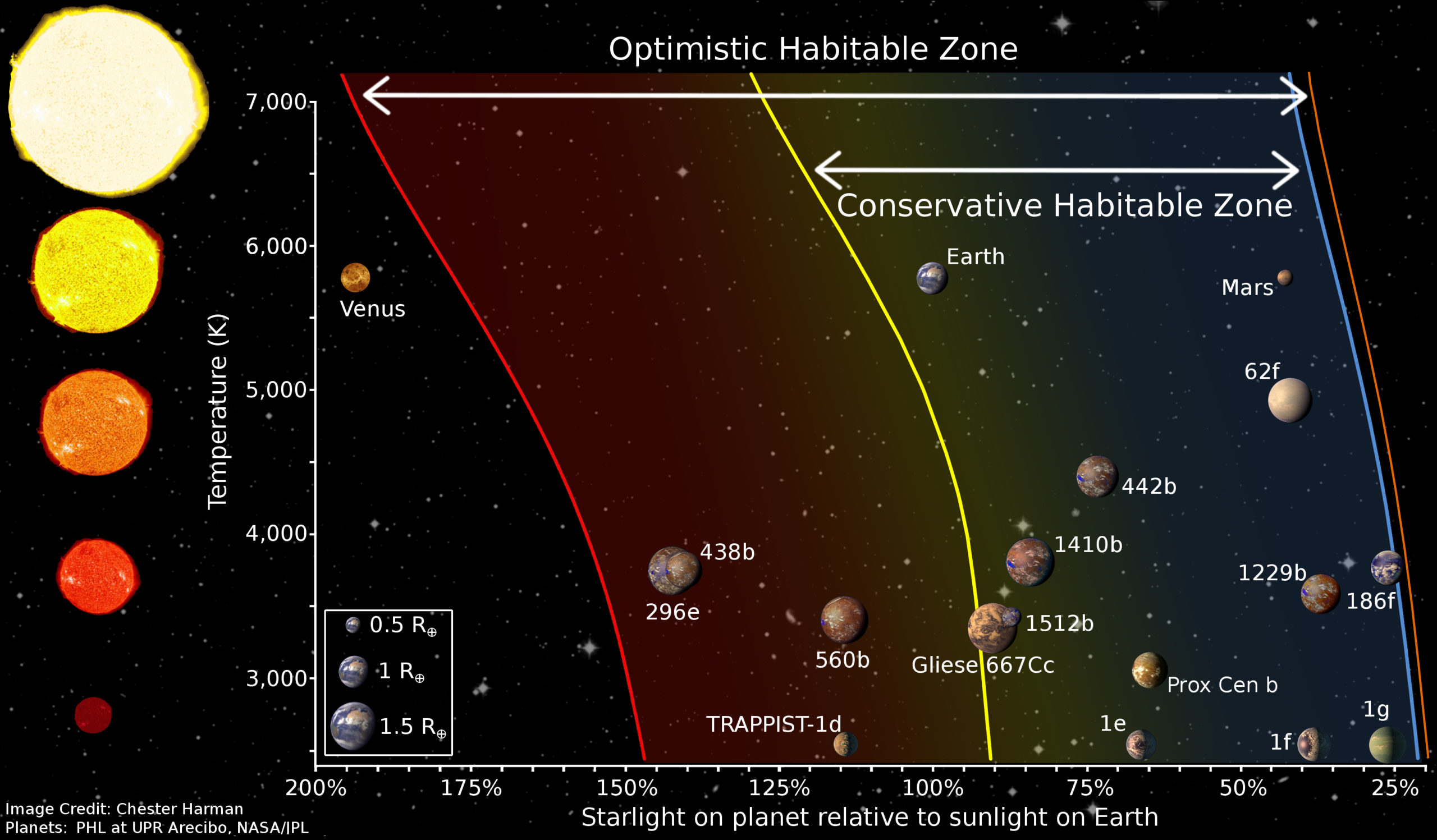Communication with Extraterrestrial Intelligent Beings: a sociolinguistic approach
Author: Juan F. Trillo, PhD in Linguistics and Philosophy (U. Autónoma de Madrid), PhD in Literary Studies (U. Complutense de Madrid).
This essay is an excerpt from the paper that will be presented at the IX Jornadas de Divulgación Científica at the city of Medellín, Badajoz (Spain), March 2-5, 2023.

The possibility of establishing contact with extraterrestrial intelligent life has excited the imagination of Earth’s inhabitants since the dawn of history. However, it is only relatively recently that we have had the technology to detect possible extraterrestrial civilizations and perhaps even communicate with them. Our knowledge of the universe, how it works, and the laws that regulate it has increased exponentially in recent decades. The tools with which we explore outer space have become as powerful as they are sophisticated 1, to such an extent that, if the first extrasolar planet was detected in 1988, today, just 35 years later, the catalog registered in the Extrasolar Planets Encyclopaedia has a total of 5,297 confirmed cosmic objects that fall into this category. Of course, the attention of astronomers is focused on those whose characteristics make them potentially habitable, those that are located in the “habitable zone” 2 or what has come to be called, colloquially, the Goldilock Zone 3. It is there where there is a greater probability that life has arisen and, therefore, that a civilization has developed.
In any case, efforts to detect signs of intelligent extraterrestrial life have been progressing in parallel to astronomical advances, albeit independently. To this end, around 1960, Cornell University astronomer Frank Drake launched the Ozma Project, which later became the SETI Program, as a subsection of NASA. Since then, several public and private organizations have been scanning space with the same intention: to detect evidence of the existence of a technological civilization that would confirm that there is indeed intelligent life outside Earth with which we can establish contact. In fact, since the end of the last century there has been a proliferation of initiatives that, without waiting for confirmation of the existence of such civilizations, have decided to go a step further and send their own messages (Active SETI), in the hope that, someday and somewhere, they will be received by beings capable of deciphering and responding to them. The chances of such messages coming to fruition, so to speak, are so slim that it is common to refer to them as the equivalent of the proverbial message in a bottle thrown into the sea by the castaway stranded on a desert island 4.

However, as a consequence of all this activity, the attention of science has inevitably turned to the way in which a hypothetical communicative process with an extraterrestrial civilization would develop. There are two scenarios, in the first of which messages would be exchanged through space between their home planet and ours. This is a disappointing option from a communicative point of view, given the time required for such messages to reach their destination. The second scenario, on the other hand, offers more interesting possibilities, since it would be a face-to-face or, to use the terminology established at the time by Joseph Allen Hynek, a meeting in the Third Phase.
In any case, this process, if it ever takes place and whatever the scenario, would be a formidable challenge due to the difficulties that would be encountered by those who would act as interlocutors, difficulties that could be summarized in three aspects: idiomatic, contextual and of content.
With regard to the first of these, determining and learning the language in which communication would take place, there are several alternatives: the visitors learn the local language, the natives learn the language of the visitors, each one learns the language of the other and, finally, between the two, they develop a common language designed especially for this purpose. This last option has been the one to which most attention has been devoted, and already in the early 1960s, the Dutch astronomer Hans Freudenthal developed a cosmic language, Lincos, for this purpose 567.
The second, the context, can become as difficult to overcome as the first, since it refers to the shared cultural elements or, in this case rather, to the absence of them. It is well known that, in a dialogue, the interlocutors extract a good part of the meaning of the messages from those elements that are part of the culture to which they both belong or from the knowledge they both share. The smaller the amount of knowledge shared, the greater the difficulties in extracting precise meaning from the messages exchanged 8. This has led some scientists to propose a language based on mathematics, after concluding that any technological civilization must necessarily know the laws of this science, laws that must be identical at any point in the Universe.
Finally, there is the question of the content of the messages, an issue of great importance, since the type of relationship established between the interlocutors will depend on it. It would be necessary to carefully determine what type of information we should request from visitors and what type of information about ourselves we should provide them with. These are matters of great controversy and there is currently, and has been for some time, an unresolved debate as to what we should and should not say. In this regard, is well known the position long held by physicist Stephen Hawking, who believed that we should not attempt to contact cultures technologically more developed than our own. The experience, provided by encounters between civilizations with different degrees of development within human history, warns that the consequences are usually dire for the less technologically evolved culture.
Studies and theoretical proposals on how such an encounter should be developed are receiving and will receive a careful attention in the coming years. Firstly, because the possibility of such an encounter is becoming more and more plausible. In addition to the technological advances and astronomical discoveries mentioned at the beginning of this paper, there is an increasing number of sightings of UAPs for which it is not easy to find a rational explanation, to the point that in the last two years several study groups have been created under the auspices of government agencies.
And, secondly, because knowledge about how we should communicate with social groups with which we share very few cultural elements is becoming increasingly relevant. Today we find ourselves in a world in which individuals from very different backgrounds need to find ways of understanding that make coexistence possible. The conclusions drawn from a study of these characteristics can be of great help and facilitate relations between human groups.
It is worth mentioning that this is a field in which ethologists and linguists who study communication with many of the different species that populate our planet (apes, dolphins, dogs…) have much to contribute 9. After all, they have spent years analyzing and developing means of interspecies communication that allow us to better relate to the living and intelligent beings that share our cosmic habitat, but with whom we have, culturally speaking, very little in common.
More on the subject:
Seti: how microbes could communicate with alien species
Blasting out Earth’s location
References
- Baker, R. M. L.; Baker, S. B. (2016). “Application of High-Frequency Gravitational Waves to the Cataclysmic Event of Our First Encounter with Intelligent Extraterrestrial Beings”. Journal of Applied Mathematics and Physics, 4, 110-129. DOI: 10.4236/jamp.2016.41015 ↩
- Hill, M.; Bott, K.; Dalba, P.; Fetherolf, T.; Kane, S.; et al. (2023). “A catalog of habitable zone exoplanets”. The Astronomical Journal, 165, 34. DOI: 10.3847/1538-3881/acalc0 ↩
- Hawking, S. (2010). The Grand Design. Bantam Book, N.Y. ↩
- Freitas, R. A. (1980). “Interstellar Probes. A new approach to SETI”. Journal of the British Interplanetary Society. 33: 95-100. ↩
- Nidditch, P. (1962). “Lincos. Design of a Language for Cosmic Intercourse. Part 1. By H. Freudenthal”. The Mathematical Gazette. 46 (356): 164. ↩
- Schiber, M. (2008). “Use grammar to decipher alien tongues”. New Scientist. 200 (2678): 12. ↩
- Oberhaus, D. (2019). Extraterrestrial Languages. MIT Press. ↩
- Lauring, J. (2011). “Intercultural Organizational Communication: The Social Organizing of Interaction in International Encounters”. Journal of Business Communication. 48 (3): 231-255. ↩
- Zuberbühler, K (2000). “Interspecies semantic communication in two forest primates”. The Royal Society. 267, 713-718. ↩
1 comment
[…] Communication with Extraterrestrial Intelligent Beings: a sociolinguistic approach – Mapping I… […]